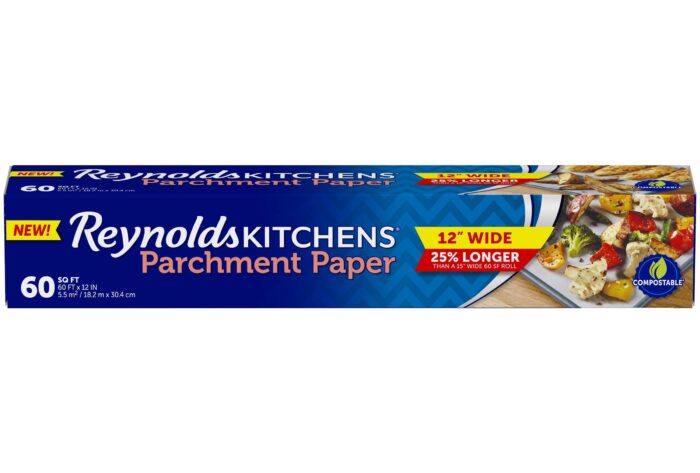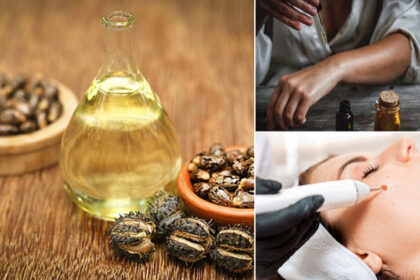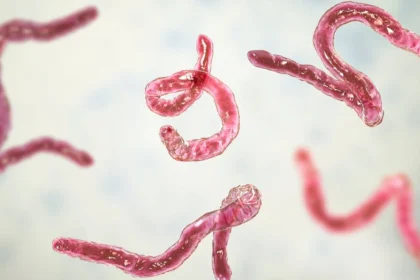Parchment paper, also known as “baking paper,” is a widely used product in kitchens around the world. It is estimated that the parchment paper industry is worth over $960 million, indicating its popularity and widespread use.
However, concerns have been raised about the safety of parchment paper and whether its chemicals can leach into food. In this article, we will explore the intricacies of parchment paper, the potential risks associated with its use, and alternative options for cooking and baking.
Parchment paper is a type of paper that has undergone the parchment process. Most commercially produced parchment paper is treated with silicone, which enhances its durability and resistance to oil.
The silicone coating makes parchment paper heat resistant and non-stick, making it a convenient choice for various culinary applications.
While parchment paper offers convenience and ease of use, there are reasons to exercise caution when using it for cooking and baking. One concern is the bleaching process involved in the production of parchment paper.
Bleached parchment paper may contain dioxin, a toxic chemical that can be released when heated. Dioxin has been linked to various reproductive and developmental diseases.
When this toxic chemical enters our food, it can transfer to the fatty tissues in our bodies and remain there for as long as 7-11 years.
Another aspect of concern is the silicone coating present on parchment paper. Silicone cookware is made from a combination of silicon, carbon, and/or oxygen, creating a rubber-like substance.
While silicone cookware generally exhibits higher heat resistance than plastic, it is still made with synthetic rubber, which ideally should not come into contact with our food. Silicone bakeware can release chemicals, especially in the presence of oils, raising concerns about potential health risks.
Interestingly, the U.S. Food and Drug Administration (FDA) recognized silicon dioxides, the basic elements in silicone cookware, as safe for food-grade contexts back in 1979, a decade prior to the invention of silicone spatulas.
However, no follow-up studies have been conducted by the FDA to determine whether silicone can leach out of cookware and contaminate food. Moreover, studies have found siloxanes leaching from silicone nipples in baby bottles and bakeware, with siloxanes being potentially carcinogenic and endocrine disruptors.
This Chemical Is Destroying Our Endocrine System And Harming Our Children: Know The Risk Of Phthalates And How To Avert Them
Additionally, a scientific research study has linked silicone gel to lethal cancer in rats, raising concerns about the safety of silicone in any form.
Alternatives To Parchment Paper
Given these concerns, it is essential to consider alternative options for cooking and baking.
Here is a list of 5 Alternative Bakeware Options:
These materials are safe, durable, and do not pose the same risks associated with chemicals leaching into food. Similarly, storing food in glass containers eliminates the need for parchment paper when it comes to storage.
If you enjoy grilling, you might consider using cedar wraps specifically designed for this purpose. These wraps can add a delightful smoky flavor to your grilled dishes while avoiding the potential risks associated with parchment paper.
In conclusion, while parchment paper is widely used and convenient for cooking and baking, it is important to be aware of the potential risks associated with its use. The bleaching process involved in its production and the silicone coating applied to enhance its non-stick properties may introduce toxic chemicals into our food.
As a result, opting for alternatives such as stainless steel or clear glass baking dishes and glass containers for storage can provide a safer and more reliable cooking experience. By making informed choices about the materials we use in our kitchens, we can prioritize our health and well-being without compromising on the quality of our culinary endeavors.





